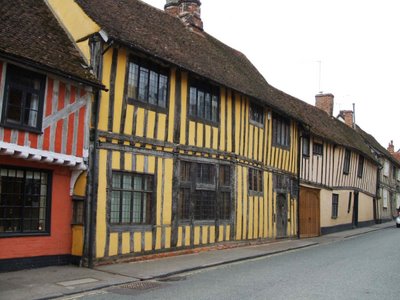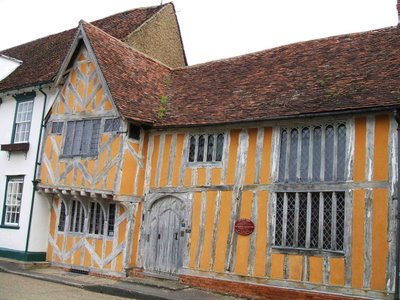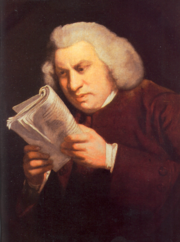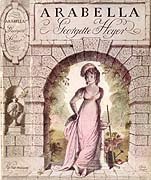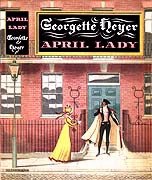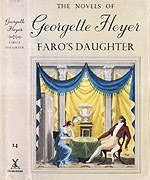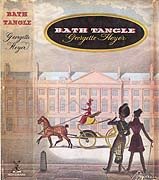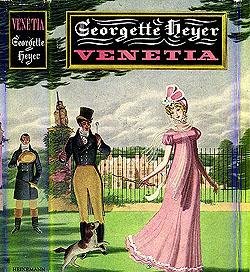 Here are some more of my photos of Bath taken during my recent trip. I love just wandering around Bath, looking at everything, and taking pictures.
Here are some more of my photos of Bath taken during my recent trip. I love just wandering around Bath, looking at everything, and taking pictures.
Of course, as Jane Austen pointed out, it does rain a lot in Bath. (Then again, it rains a lot everywhere in England. I have always thought it a bit odd that Austen seemed to believe it rained more in Bath than anywhere else. I suppose her general unhappiness in Bath may have something to do with it. Or perhaps it just happened to rain more when she was there? Or perhaps when she was indoors at Bath, she could hear the rain on the pavements much more than she could hear the rain in the countryside.)
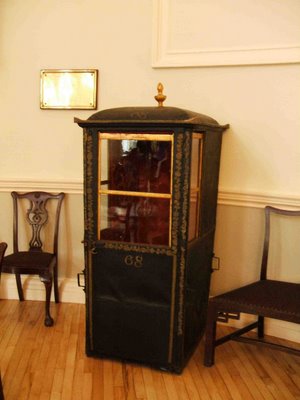 As I was going to say, I just walk around Bath, wait for a break in the rain if it’s rainy, and wait for a break in the cars. Then I wait longer, hoping for a break in both at the same time. Or for blue sky. But in spite of all these difficulties, I’ve gotten a lot of lovely Bath pictures over the years! Here’s a “chair” — carriages weren’t very suitable for Bath’s hilly roads, so you would take a chair (carried by chairmen) up and down the hills, to the Baths, to the Pump Room, to the Assembly Rooms, etc. The fares were set and published, so the chairmen couldn’t cheat you!
As I was going to say, I just walk around Bath, wait for a break in the rain if it’s rainy, and wait for a break in the cars. Then I wait longer, hoping for a break in both at the same time. Or for blue sky. But in spite of all these difficulties, I’ve gotten a lot of lovely Bath pictures over the years! Here’s a “chair” — carriages weren’t very suitable for Bath’s hilly roads, so you would take a chair (carried by chairmen) up and down the hills, to the Baths, to the Pump Room, to the Assembly Rooms, etc. The fares were set and published, so the chairmen couldn’t cheat you!
 Here we have the interior of the Pump Room. Just lovely. Here Catherine Morland strolled arm in arm with Isabella Thorpe. And of course, to be truly healthy, one would drink the mineral water here. (Nowadays one can have a cream tea instead. Much less healthful, I fear, but much more enjoyable.)
Here we have the interior of the Pump Room. Just lovely. Here Catherine Morland strolled arm in arm with Isabella Thorpe. And of course, to be truly healthy, one would drink the mineral water here. (Nowadays one can have a cream tea instead. Much less healthful, I fear, but much more enjoyable.)
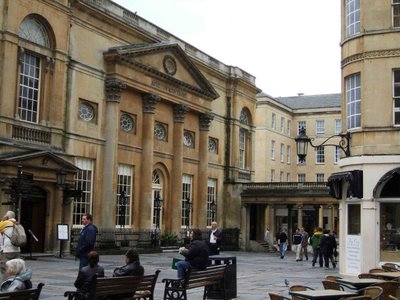 Here’s the outside of the Pump Room — the area here was known as the Pump Room Yard. It’s bordered by the Abbey Church (quite lovely, and much restored since the Regency, when it wasn’t nearly as nice as it is now) and right in the middle of everything — now nearly as much as it was two hundred years ago — at least for visitors to Bath!
Here’s the outside of the Pump Room — the area here was known as the Pump Room Yard. It’s bordered by the Abbey Church (quite lovely, and much restored since the Regency, when it wasn’t nearly as nice as it is now) and right in the middle of everything — now nearly as much as it was two hundred years ago — at least for visitors to Bath!
 And how could I forget a picture of Pulteney Bridge, surely one of the prettiest sights in Bath? A bird happened to fly through the picture as I was taking it — you may be able to make him out if you look closely.
And how could I forget a picture of Pulteney Bridge, surely one of the prettiest sights in Bath? A bird happened to fly through the picture as I was taking it — you may be able to make him out if you look closely.
Ah, Bath. What would Mr. Tilney ever do without you? You supply him such a variety of people to make witty remarks about. And you supply Mrs. Allen with a wonderful choice of fabrics. And Catherine Morland with more books than she could imagine.
Ah, Bath!
Cara





